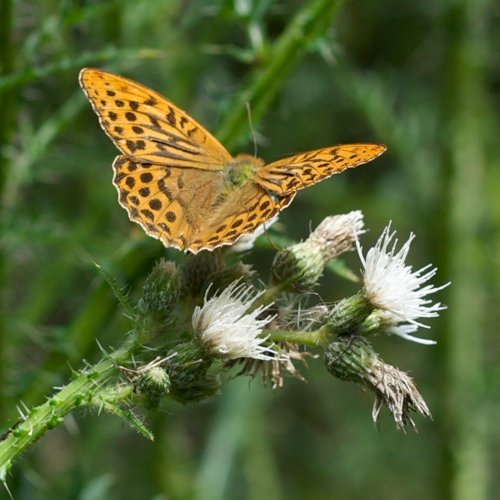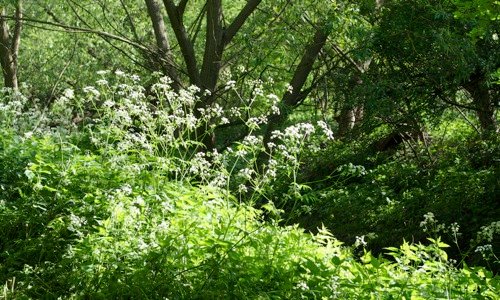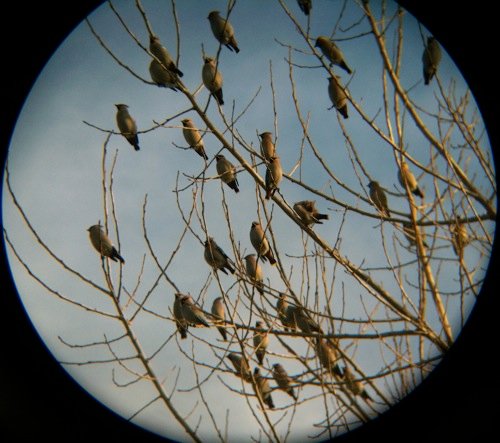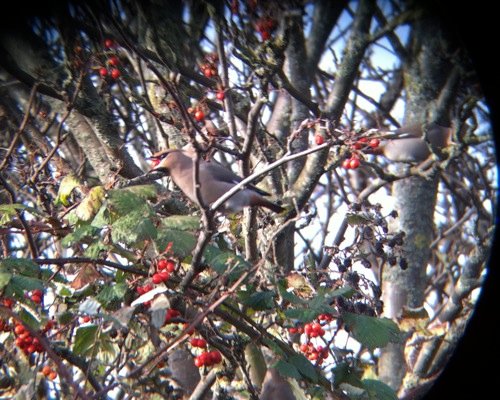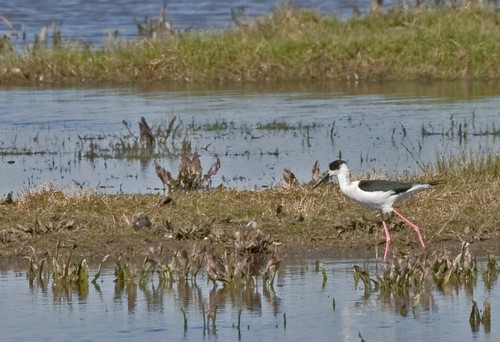As I mentioned in BOTY 2010:BPiaSR, I haven’t been anywhere even slightly exotic this year, so my list is sadly free of toucans, sandgrouse, bee-eaters, barbets and so on.
But I did have a good year for British birds.
At the most parochial level, I added three species to the garden list: in the cold snaps at the beginning and end of the year I got fieldfare and brambling, which were both perhaps long overdue; and more surprisingly, in March, a stonechat on its way north stopped off to do a bit of flycatching from one of the rose bushes.

The cold weather also brought me a couple of Dulwich ticks: a gadwall in Dulwich park in February, and a snipe which made a flying visit to Belair Park on Boxing day, presumably in search of open water.
An autumn wheatear in Greenwich Park was probably my first for south London. And in Richmond Park I saw my first London red kite and, rather embarrassingly, my first British little owl. A cracking day’s birding around the Lee Valley gave me, among other things, good views of Cetti’s warbler, nightingale, peregrine and several hobby.
On a walk on Sheppey I had good views of bearded tit, which is always a treat, but also what is probably objectively my best bird of the year, and certainly the closest thing to a proper rarity I’ve ever found for myself in the UK: black-winged stilt. It is about as frequent a visitor as a bird can be and still be officially regarded as a rarity, with 241 sightings between 1950 and 2006… but it is a rarity, and I found it. So that was very pleasing. On the other hand I had rubbish views of it, and I’ve seen it much better before, f’rinstance in Spain, where I took this picture…

… so it’s not my bird of the year. Also not my bird of the year was bean goose (tundra bean goose if the species is split), which was a lifer for me but too far away and too, well, grey to be my bird of the year.
A stronger contender, even though I have seen it in the UK before, was water rail, just because I had UNBELIEVABLE views of it. They are normally incredibly secretive, but at the London Wetland Centre in January, when the whole place was frozen over, I saw lots of them out in the open, trotting around on the ice. And particularly, I watched a pair grooming each other through my telescope from about 30 feet, which was just an amazing sighting.
And on the same day, I saw a bird that looked like being a dead cert for bird of the year right up until December: bittern. I have wanted to se bittern for such a long time, and been to places where they are so many times and failed to see them, that just seeing it was a treat, even though my first view of one was very distant. But just like the water rails, the bitterns were forced out of cover by the ice, and over the course of the day I saw them six or seven times with increasingly excellent views, including two within the same telescope view. Amazing. And I saw them again in December and just yesterday had a brilliant view of one to start off 2011 in style.
But even that is not my bird of the year. No, the official winner of Bird Of The Year 2010 is… waxwing! What a gorgeous bird. And like the bittern, one with a particular mystique for British birders. It’s not actually rare, but it’s just elusive enough, and just occasionally you get a waxwing winter when suddenly there are thousands of them and they turn up in all sorts of unexpected places. This is one of those winters, and they are all over the place… even in Dulwich, although I missed those ones. I made a special trip to Folkestone to see them feeding in the car park of a branch of B&Q. You can see some of my pictures there, but the BOTY year deserves a better portrait than that.

Christmas came early for me today…. © Ian A Kirk used under a CC by-nc-sa licence.
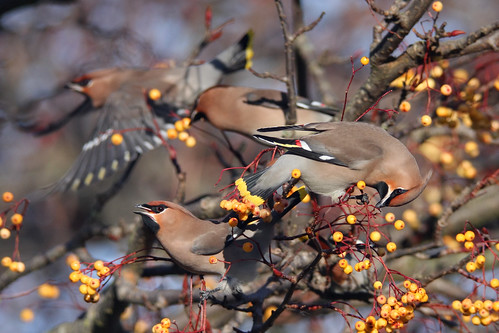
Waxwing Feeding Frenzy © markkilner used under a CC by-nc-sa licence.
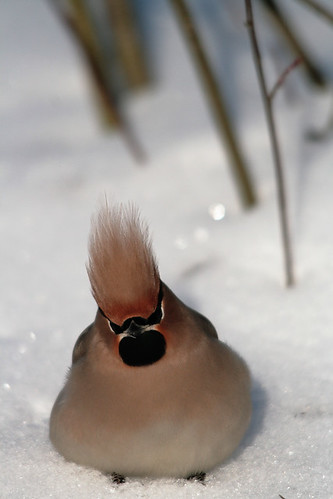
Waxwing © vesanen.info used under a CC by-nc-sa licence.
Phwoar.

